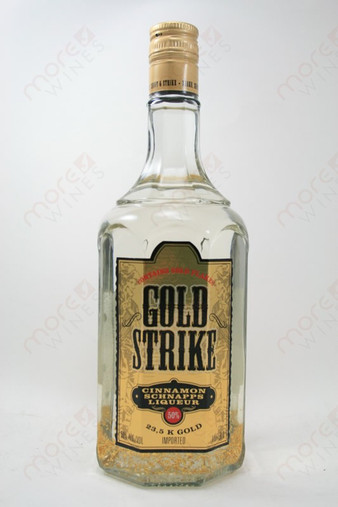

Gold is resistant to most acids, though it does dissolve in aqua regia (a mixture of nitric acid and hydrochloric acid), forming a soluble tetrachloroaurate anion. Less commonly, it occurs in minerals as gold compounds, often with tellurium ( gold tellurides). It occurs in a solid solution series with the native element silver (as electrum), naturally alloyed with other metals like copper and palladium, and mineral inclusions such as within pyrite. Gold often occurs in free elemental ( native state), as nuggets or grains, in rocks, veins, and alluvial deposits. It is one of the least reactive chemical elements and is solid under standard conditions. Chemically, gold is a transition metal and a group 11 element. It is a bright, slightly orange-yellow, dense, soft, malleable, and ductile metal in a pure form. This makes it one of the higher atomic number elements that occur naturally. Gold is a chemical element with the symbol Au (from Latin: aurum) and atomic number 79.


 0 kommentar(er)
0 kommentar(er)
